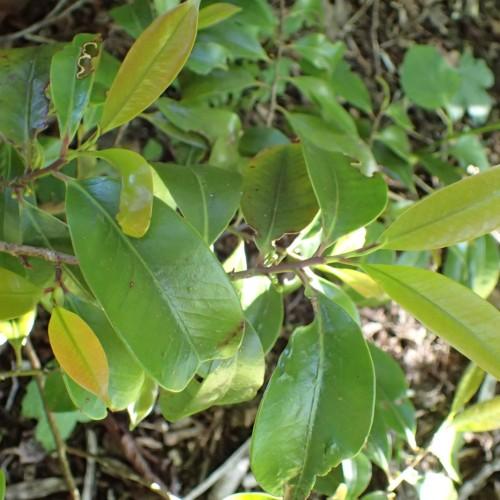
sakaki
Cleyera japonica
Cycle:
Perennial
Watering:
Average
Hardiness Zone:
6 - 9
Flowers:
Flowers
Sun:
Full sun,part shade
Fruits:
Fruits Ready In Fall
Leaf:
Yes
Growth Rate:
Low
Maintenance:
Low
Drought Tolerant:
Yes
Salt Tolerant:
Yes
Care Level:
Medium
watering
Sakaki plants should be watered regularly to ensure proper growth and health. Water thoroughly approximately once a week. When watering, make sure to saturate the root system sufficiently. Do not let the soil become soggy or water-logged as this can cause root rot. The best time to water is in the morning so that the plant can take in as much water as possible during the day. Make sure to check the soil near the roots before watering—if it is dry, then it's time to water. During the hot months, an extra application of water might be necessary.
sunlight
Sakaki (Cleyera japonica) is a shade tolerant evergreen that can do well with some partial sun. It should be planted in a spot that receives indirect sunlight for best results. During spring and summer, it should receive between 4 to 6 hours of direct sunlight per day. In the winter, however, it should be shaded from the majority of the day, as it tends to suffer from overexposure to the sun. Additionally, when the temperatures start to reach their peak in mid-summer, it is recommended that the plant be moved into the shade (even just artificial shade) to protect it.
pruning
The best time for pruning a sakaki is in late winter or very early spring. Pruning the sakaki should be done lightly, only removing up to 1/3 of the branches and shaping the plant to your desired size and shape. This will help promote healthy growth and encourage strong branch development. When pruning, make sure to trim back branches and remove any dead or diseased leaves or stems. It is important to leave some of the old growth to maintain the plant's shape and density. If too much is cut away, the sakaki will become leggy and sparse.
